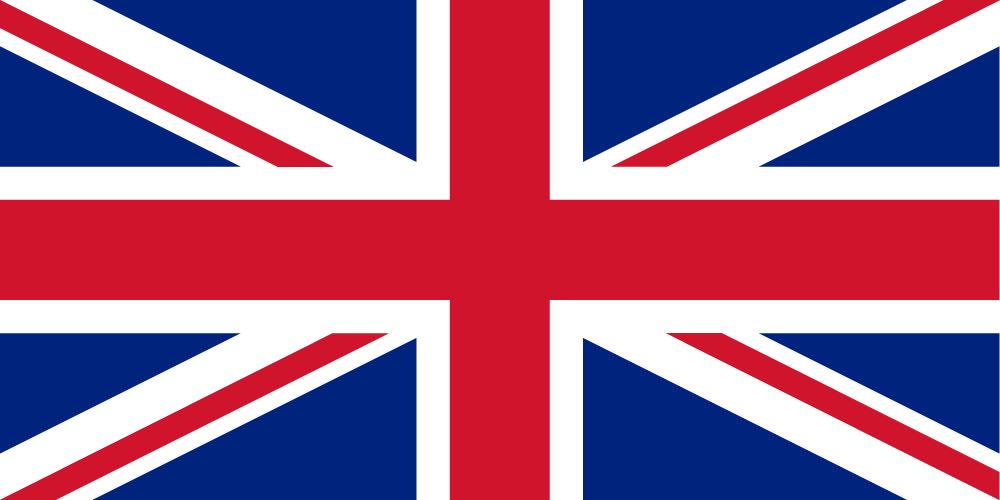
Why us
About us
Who we are
They talk about us
Discover what others are saying about our impact in the industry
Carbon Chronicles
Stay informed and inspired with our thought-provoking articles
Data 4 Climate
An ECONOS initiative on the romanian carbon database
Services
Introduction to Carbon Footprint
Understand the emissions included in Scope 1, 2 and 3
Carbon Footprint Assessment
See the steps of calculating the CO2 emissions
LCA
Acknowledge the environmental impact of your products or services through Life Cycle Assessments
Reduce my Carbon Footprint
Explore tailored recommendations to minimize your ecological footprint
Our Platform
Automate the assessment with our software
Comply with EU Law
Learn what are your obligations under the EU Law
ESG Reporting
Elevate your disclosure standards and communicate your commitment to ESG principles
Communicate my Results
Learn how to articulate your ESG initiatives, achievements, and progress in a compelling way
CBAM
Stay ahead of regulatory changes and discover the obligations for importers and suppliers
EU Taxonomy
Criteria, implementation, and reporting aspects of the EU Taxonomy
Climate Fresk
Understand the essential issues of climate change and the implications in the professional and individual context
Sustainable Development 101
Comprehend the fundamentals of sustainability
Navigating ESG
Equip yourself with the knowledge and tools to implement ESG principles within the business strategy
EU Green Deal
Position your business to contribute meaningfully to the objectives of the EU Green Deal





















